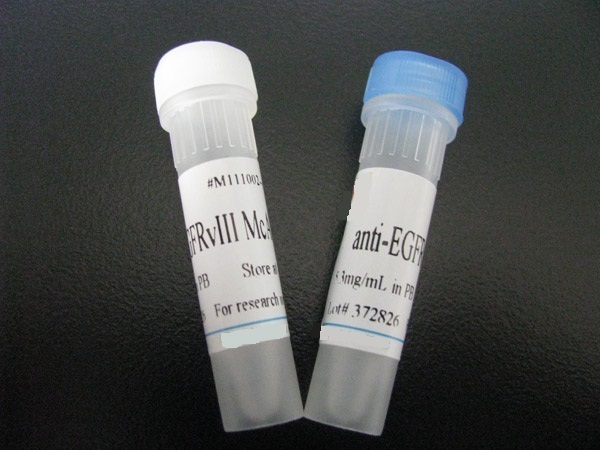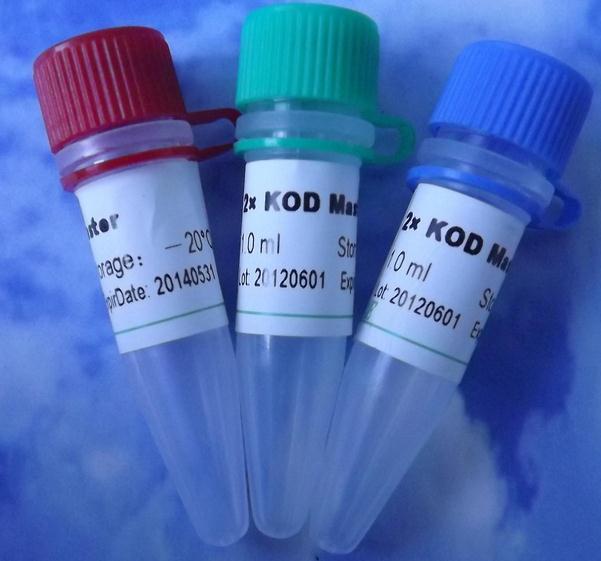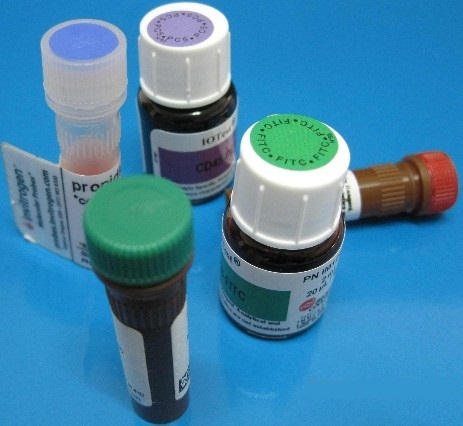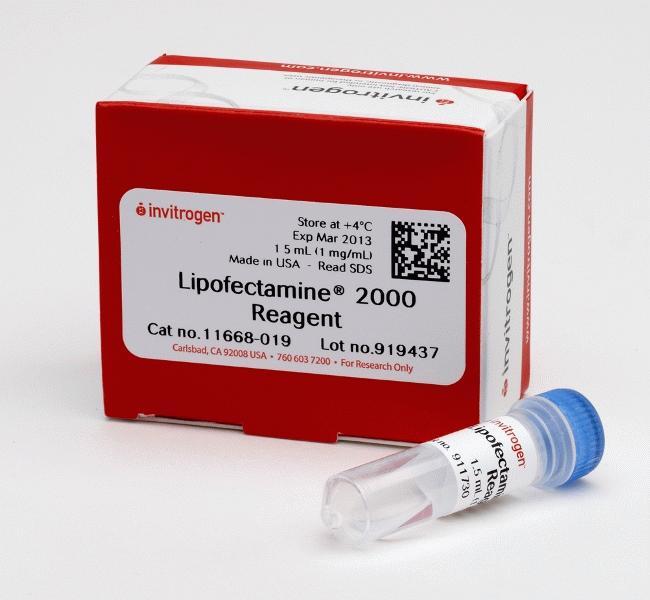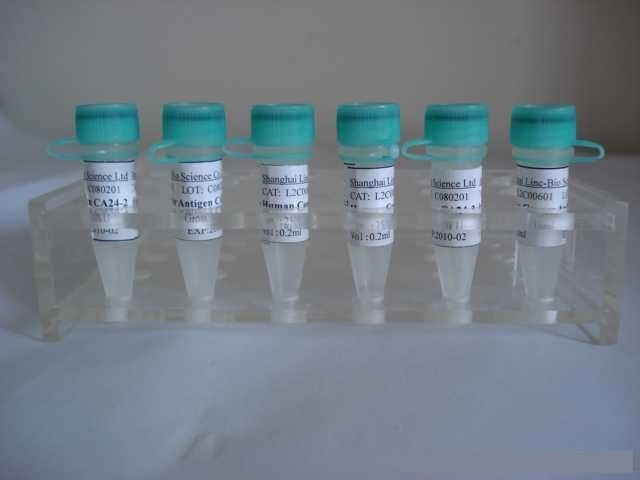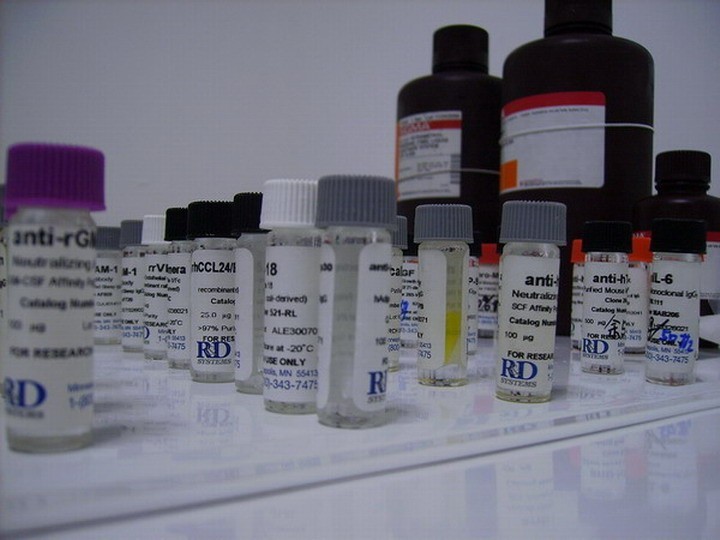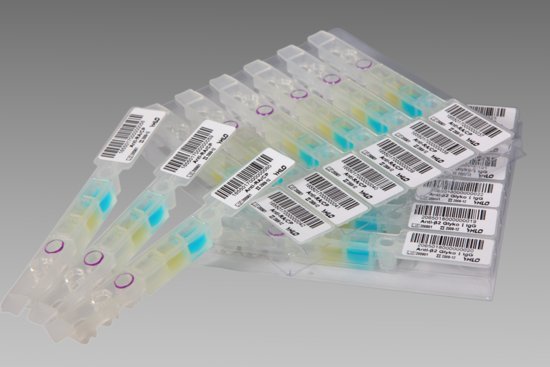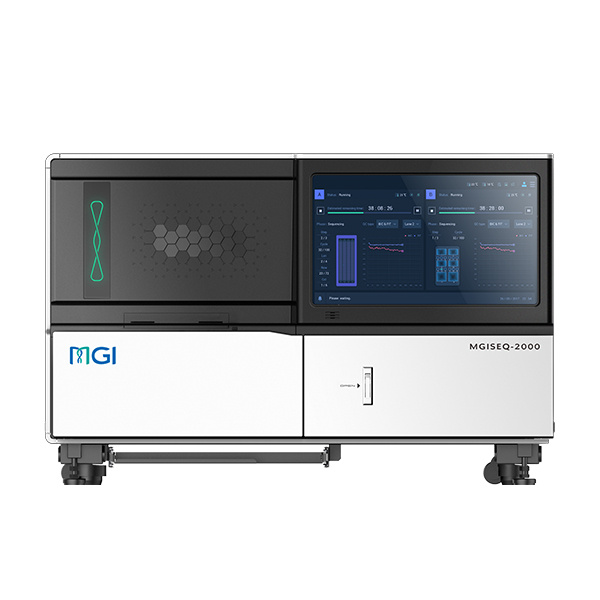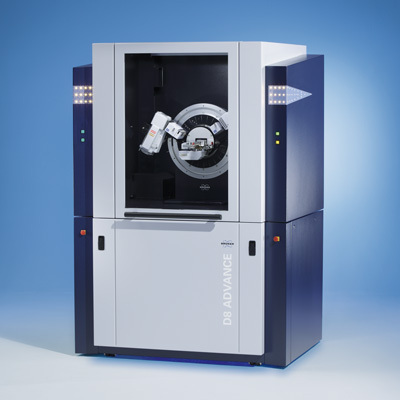抗体来源 Rabbit
克隆类型 polyclonal
交叉反应 Human, Mouse, Rat, Chicken, Dog, Pig, Cow
产品类型 一抗
研究领域 肿瘤 心血管 细胞生物 免疫学 信号转导 激酶和磷酸酶 细胞粘附分子 细胞外基质 泛素
蛋白分子量 predicted molecular weight: 108kDa
性 状 Lyophilized or Liquid
免 疫 原 KLH conjugated synthetic peptide derived from human ADAMTS2
亚 型 IgG
纯化方法 affinity purified by Protein A
储 存 液 0.01M PBS, pH 7.4 with 10 mg/ml BSA and 0.1% Sodium azide
产品应用 WB=1:100-500 ELISA=1:500-1000 IP=1:20-100 IHC-P=1:100-500 IHC-F=1:100-500 IF=1:100-500
(石蜡切片需做抗原修复)
not yet tested in other applications.
optimal dilutions/concentrations should be determined by the end user.
保存条件 Store at -20 °C for one year. Avoid repeated freeze/thaw cycles. The lyophilized antibody is stable at room temperature for at least one month and for greater than a year when kept at -20°C. When reconstituted in sterile pH 7.4 0.01M PBS or diluent of antibody the antibody is stable for at least two weeks at 2-4 °C.
Important Note This product as supplied is intended for research use only, not for use in human, therapeutic or diagnostic applications.
整合素样金属蛋白酶与凝血酶2型抗体产品介绍 ADAMTS2 is a member of the larger family of ADAMs (A Disintegrin And Metalloproteinase) metalloproteinases containing thrombospondin (TS) repeats. ADAMTS2 (A Disintegrin And Metalloproteinase with ThromboSpondin-2 motif), also known as Procollagen I N-Proteinase (PNP), was first described in calf skin as a proteinase that processes the amino end of Type-I collagen. PNP expression was found in skin, aorta, liver, tendon, bladder, retina, and skeletal muscle. Later, PNP was found to be a member of a larger family of ADAMs metalloproteinases containing thrombospondin (TS) repeats. Full length human ADAMTS2 contains 1211 amino acids (bovine, 1205 amino acids) and has a predicted mass of 134.7 kDa, but glycosylation and the abundance of cysteine residues gives ADAMTS2 a greater apparent molecular weight on reduced SDS-PAGE gels. Purified ADAMTS2 resolves at a lower molecular weight of 107 kDa, due to cleavage at the furin site. ADAMTS2 contains the canonical HexxHxxxxxH zinc metalloproteinase motif, and has been shown to be proteolytically active, cleaving procollagen. In addition to the metalloprotease domain, ADAMTS2 has a propeptide domain, a prohormone convertase (PC, furin) cleavage site, a cysteine-rich domain, and three thrombospondin 1 like domains, followed by a unique C-terminal domain. ADAMTS2 does not have a transmembrane domain, unlike many of the ADAMs proteases, and is a secreted protein, much of which binds to the ECM (extracellular matrix). ADAMTS2 knockout mice develop fragile skin (similar to dermatospaxis), and male infertility. Mutations of the ADAMTS2 gene are responsible for human Ehlers-Danlos syndrome type VII C and bovine dermatosparaxis. ADAMTS2 is involved in collagen biosynthesis and may also play role in development and angiogenesis.
Function : Cleaves the propeptides of type I and II collagen prior to fibril assembly. Does not act on type III collagen. May also play a role in development that is independent of its role in collagen biosynthesis.
Subunit : May belong to a multimeric complex. Binds specifically to collagen type XIV (By similarity).
Subcellular Location : Secreted, extracellular space, extracellular matrix (By similarity).
Tissue Specificity : Expressed at high level in skin, bone, tendon and aorta and at low levels in thymus and brain.
Post-translational modifications : The precursor is cleaved by a furin endopeptidase (By similarity).
Glycosylated. Can be O-fucosylated by POFUT2 on a serine or a threonine residue found within the consensus sequence C1-X(2)-(S/T)-C2-G of the TSP type-1 repeat domains where C1 and C2 are the first and second cysteine residue of the repeat, respectively. Fucosylated repeats can then be further glycosylated by the addition of a beta-1,3-glucose residue by the glucosyltransferase, B3GALTL. Fucosylation mediates the efficient secretion of ADAMTS family members. Also can be C-glycosylated with one or two mannose molecules on tryptophan residues within the consensus sequence W-X-X-W of the TPRs, and N-glycosylated. These other glycosylations can also facilitate secretion (By similarity).
DISEASE : Ehlers-Danlos syndrome 7C (EDS7C) [MIM:225410]: A connective tissue disorder characterized by hyperextensible skin, atrophic cutaneous scars due to tissue fragility and joint hyperlaxity. Marked by extremely fragile tissues, hyperextensible skin and easy bruising. Facial skin contains numerous folds, as in the cutis laxa syndrome. Note=The disease is caused by mutations affecting the gene represented in this entry.
Similarity : Contains 1 disintegrin domain.
Contains 1 peptidase M12B domain.
Contains 1 PLAC domain.
Contains 4 TSP type-1 domains.
纯度:在实验的任何阶段,确定抗体溶液纯度的最简单方法是取一部分样本进行SDS-PAGE电泳。凝胶可用考马斯亮蓝染色(灵敏度为0.1—0.5ug/带)或银染(灵敏度1~l0ug/带)。
定量:如果抗体还不纯,有一个快捷的定量方法,即通过SDS-PAGE电泳分离出轻、重链,然后和已知的标准染色带比较。如果需要分析许多样本,用免疫测定法对抗体定量较容易。如果抗体是经过纯化的,可通过测蛋白总量代替上述两种方法,有一简单的方法,即紫外吸收法。整合素样金属蛋白酶与凝血酶2型抗体的量可通过测280nm处的吸收值来测(10D大致相当于0.75mg/m1的纯化抗体)。
抗原结合活性:一般说来,纯化方法不会引起抗原结合活性的改变。用蛋白G或蛋白A树脂很少导致抗体活性丧失。然而,如果最终抗体产物的作用不如原来所预料的好,检测抗体纯化过程所丢失的活性就极为重要。用一系列滴定法比较纯化的抗体和其原材料的活性,以标定每一步中的总抗体量,这将有助于较好的估计通过纯化所丢失的活性。
![]()




